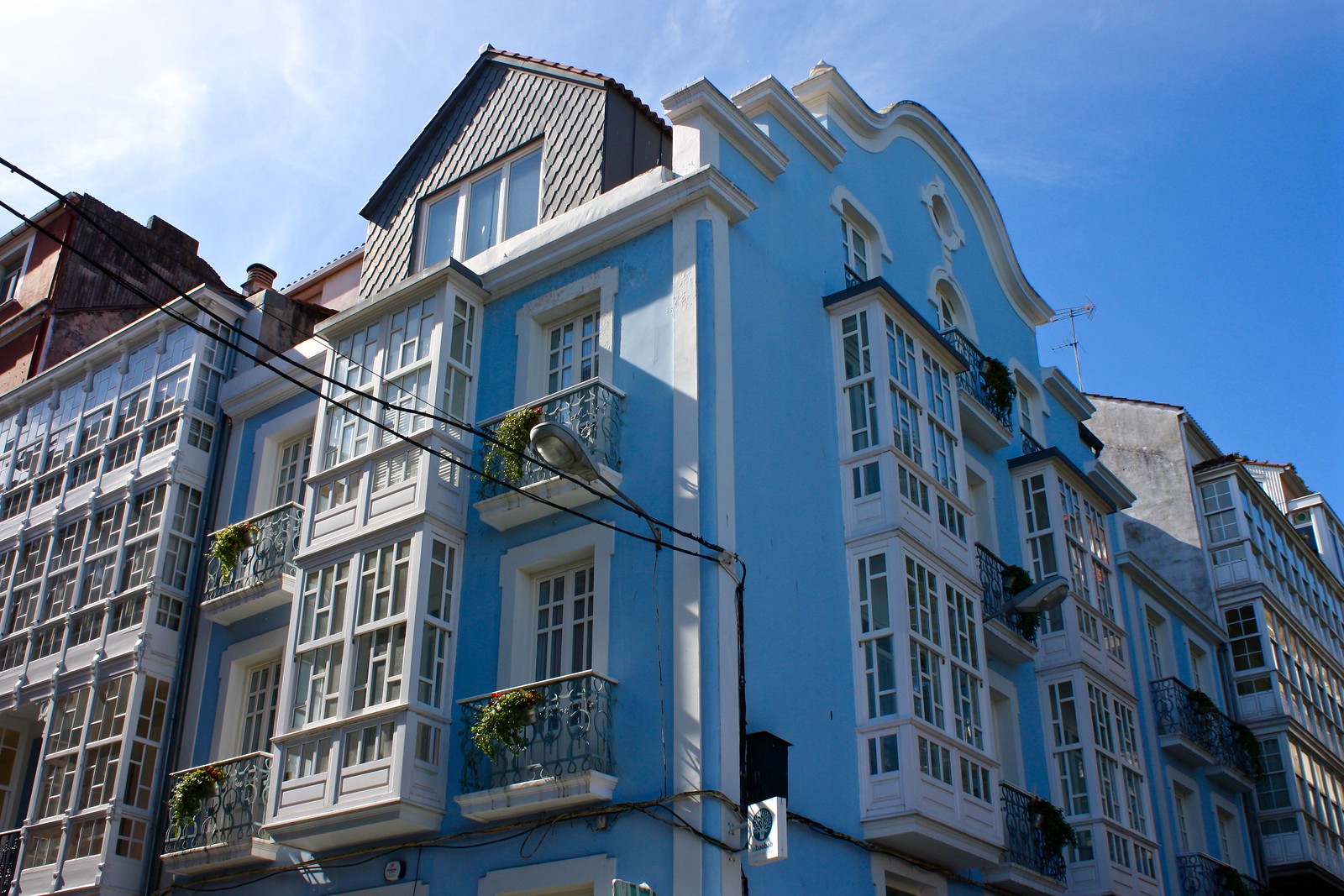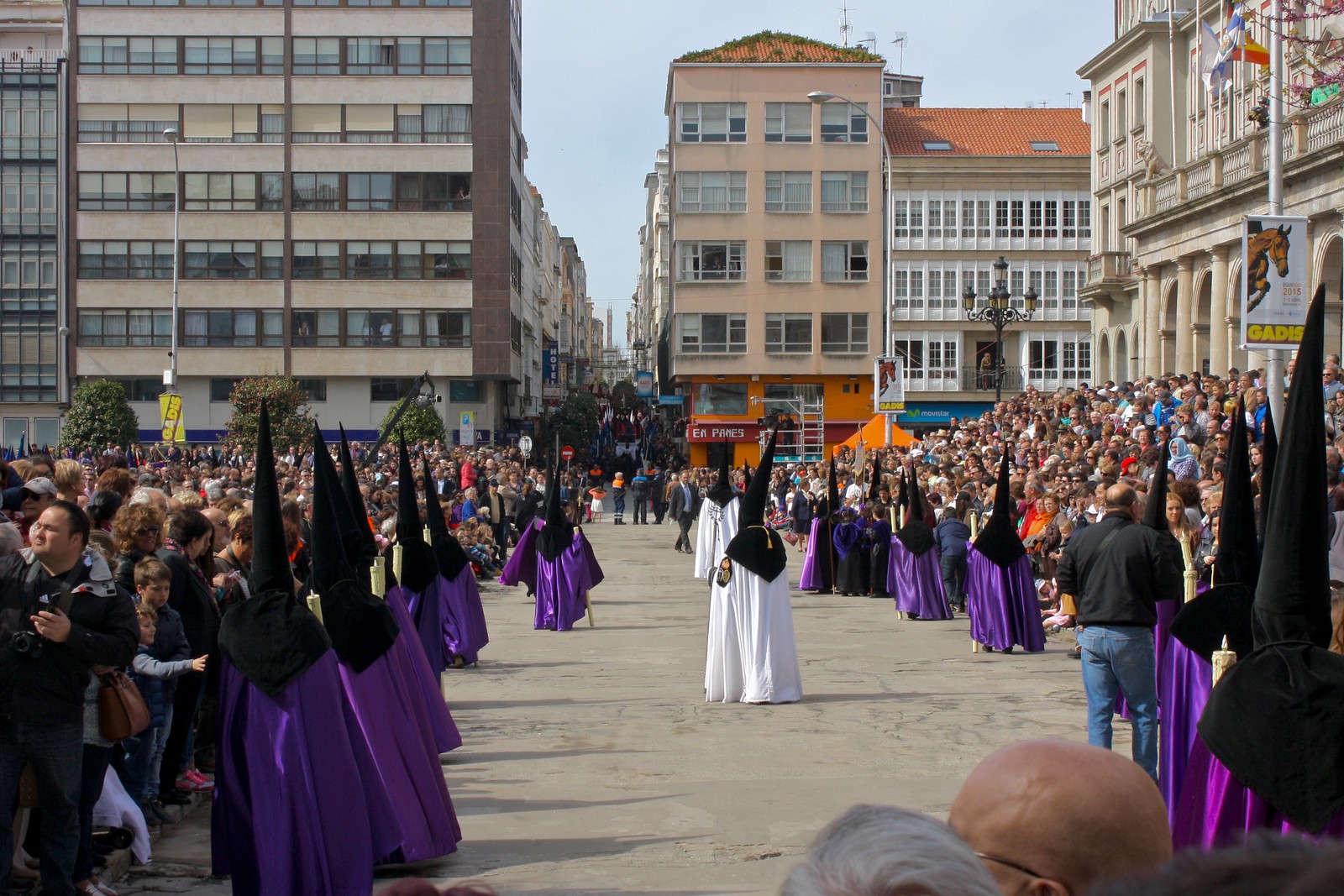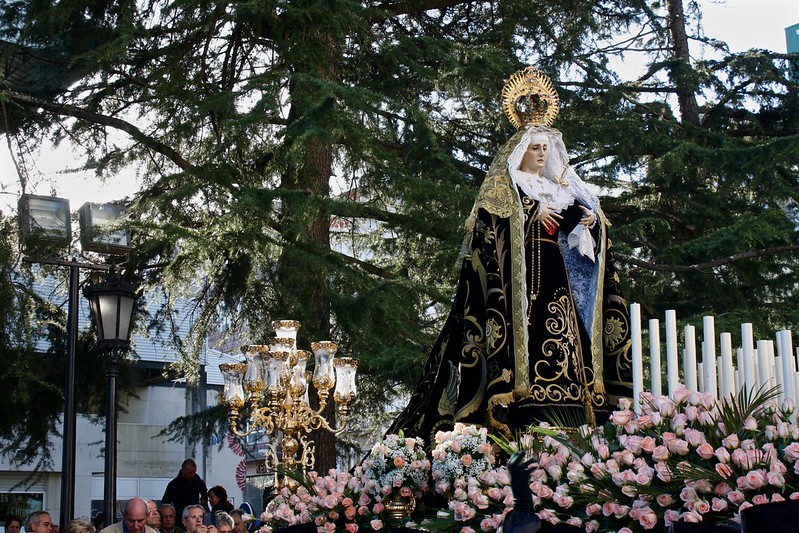Ferrol, Spain: The Black Sheep of Galicia
 |
| #HouseGoals |
Galicia, tucked away in Spain’s northwest corner, happens to be one of the most densely-populated regions in the country. Major cultural and political centers include Vigo, A Coruña, Ourense, Lugo, Santiago de Compostela, and Pontevedra…and if we were to continue rattling off the region’s biggest cities, the coastal town of Ferrol would hold the spot for seventh-biggest, at 70,000 ferroláns.
Ferrol (pronounced “fair-ROLE” [feˈrol]) doesn’t have the best reputation among Galicians, as it’s kind of the black sheep of the region; many folks call this place “ugly” and say “it doesn’t have anything to see.” Of course, I was told the same thing about Almería on the Mediterranean coast and ended up really enjoying the city when I daytripped there three years ago.
Still, there’s a lot about Ferrol that makes it, uh, different from the rest of Galicia.
Military heritage
 |
| Military arsenal |
Situated deep within one of Europe’s most strategic natural harbors, Ferrol’s economy has historically been linked to the sea—from trading and fishing to naval installations. Starting from the 1700s on, Ferrol has held some of the largest installations of the Spanish navy. A short drive from the city center is the Castillo de San Felipe, a defensive fort that, with its twin on the other side of the water, would cerrar or “lock” the narrow estuary out from enemy ships.
Dictator Francisco Franco’s birthplace
 |
| Casa Natal de Franco |
I didn’t plan it this way, but in the span of a single week I managed to visit Spanish dictator Francisco Franco’s final resting place (in the Valle de los Caídos mausoleum) as well as the house he was born in…right here in Ferrol. After Franco came to power in a military coup and subsequent civil war in the late 1930s, his hometown was renamed El Ferrol del Caudillo—“The Leader’s Ferrol.” Keep in mind that for fascist Spain, the term “El Caudillo” was the equivalent of Nazi Germany’s “Der Führer” or fascist Italy’s “Il Duce.”
Ironically enough, Ferrol also happens to be the birthplace of the 19th-century Spanish politician Pablo Iglesias, who belonged to the complete opposite side of the political spectrum; he founded the Spanish Socialist Worker’s Party—PSOE—which endures today as the country’s major center-left party.
Nobody speaks Galician here
 |
| Beautiful galerías |
As I’ve discussed before on the blog, the Galician language is spoken here in Spain’s northwest corner, in addition to Castilian Spanish, which is understood nationwide. Even though Galician is co-official in the region of Galicia, Castilian tends to dominate in the biggest cities like Coruña and Vigo, leaving most rural areas and small towns to galego. So I was surprised when I almost exclusively heard Spanish in the streets of this mid-sized city of 70,000—perhaps this preference is a leftover from the days of Franco?
Semana Santa
 |
| Good Friday processions |
Semana Santa or Holy Week is one of the biggest celebrations across the country, but certain regions like Andalucía or Castilla y León really go all-out with elaborate religious processions and ornate floats carried on the shoulders of colorfully-robed penitents. Galicia really doesn’t do much for Holy Week—they’re partial to partying during Entroido or Carnival instead—but Ferrol is the exception to the rule. I stayed the night here on Good Friday and experienced as good as paso as any in Andalucía or Castilla.
A gridded old town
 |
| Vanishing points |
When most of the Spanish navy’s shipyards and arsenals were moved to Ferrol in the mid-1700s, this set off a building boom that also happened to coincide with The Enlightenment. We Americans like to think of the gridded downtowns of our major cities like Philadelphia, D.C., or Manhattan as uniquely rational and well-thought-out, but the truth is these planned city grids were simply a product of Enlightenment times and were also copied in most Latin American colonial towns.
In Ferrol, it was a little jarring to see the charming granite houses with glassed-in balconies that you typically see in medieval town centers with winding streets…but on straight, wide city streets instead. The six parallel streets of the Magdalena neighborhood constitute the only gridded development in Spain from the 1700s, and they were also the scene of almost all of the Good Friday pasos or religious processions.
Charming Modernista homes…
 |
| Two narrow homes |
Ferrol has found its way onto the Art Nouveau European Route, one of a handful of Spanish cities outside of the Gaudí-dominated region of Catalunya on that list…but I had no idea to even expect to find such whimsical and beautiful houses here before visiting! I’m a huge fan of the Modernista style so this was a very pleasant surprise.
…and general ugliness
 |
| Bella la Virgen…but those apartments are ugly |
But many stereotypes have a grain of truth in them. Many Galician friends of mine would always tell me that Ferrol was really ugly and that there was nothing to see here; those warnings ended up being mostly false. Still, there were large swaths of the city that consisted of hastily-constructed apartment blocks from the ‘70s that had clearly not been redone since then, several lots with bricked-up storefronts and exposed walls, and just the general grime you get from living in a climate where it can rain for two months straight.
Ferrol Mola—the “Ferrol is Cool” campaign
 |
| Ferrol Mola |
Given the city’s reputation for ugliness, a local, anonymous graffiti artist has undertaken a campaign called Ferrol Mola, or “Ferrol Is Cool,” to give a little optimism to the city’s residents. These little yellow characters or emojis with limbs spruce up abandoned lots, boarded-up walls, or crumbling buildings, adding fun, bright splashes of color to the city with the encouraging motto to the side. Funny thing is, I’ve seen tons of the little yellow guys spray-painted all around Santiago!
Have you ever been to a city with a bad reputation before? Did it meet those expectations or surprise you? Share your experiences below in the discussion!

